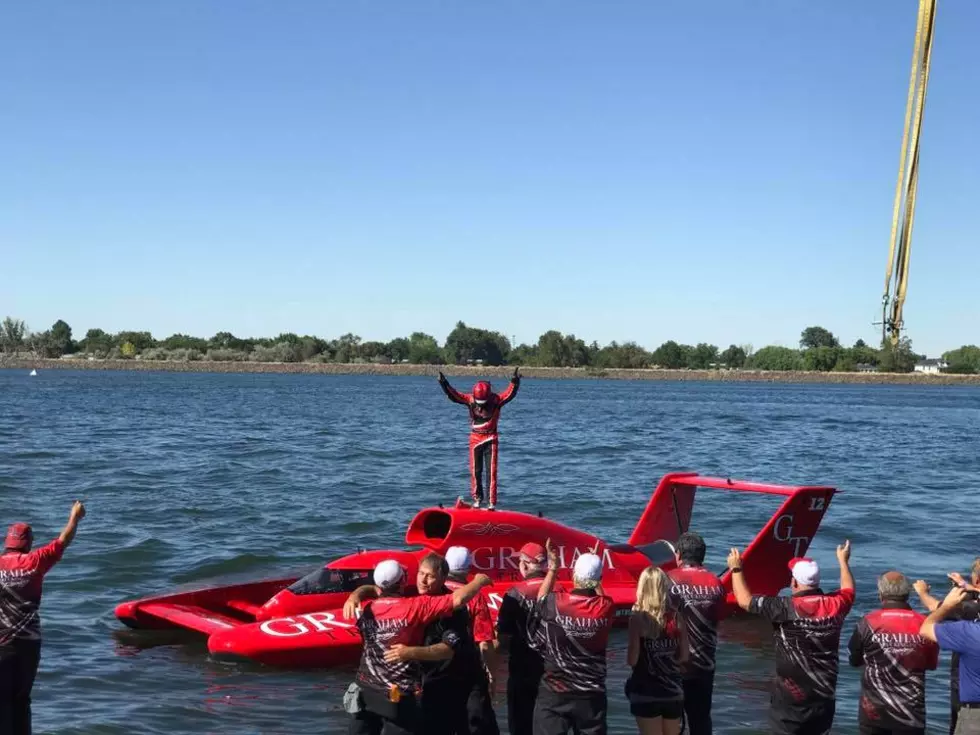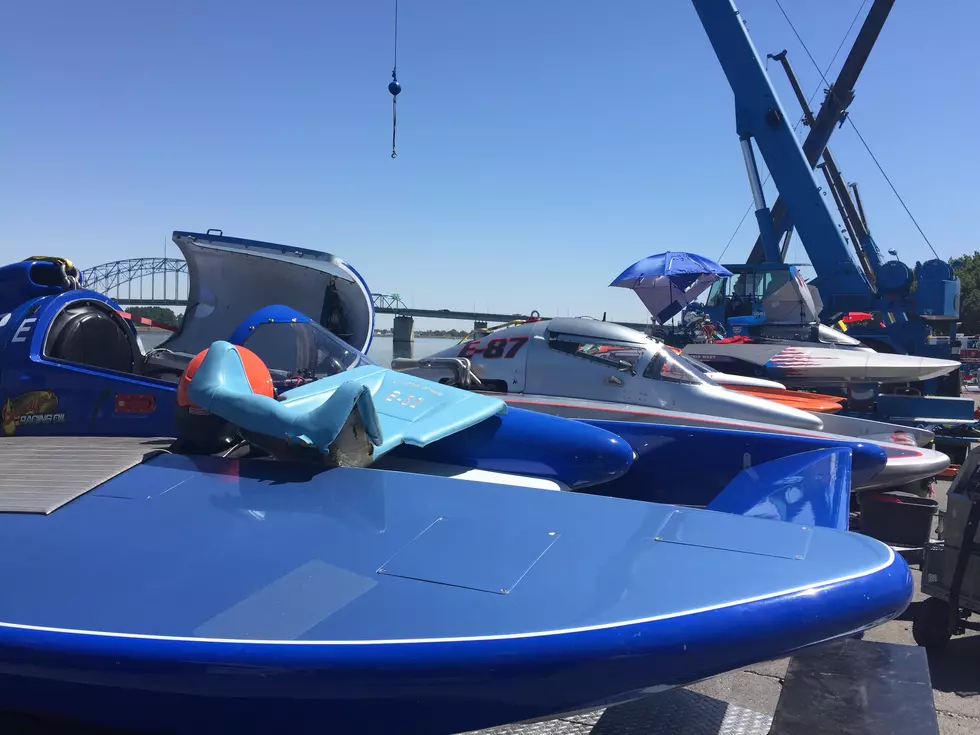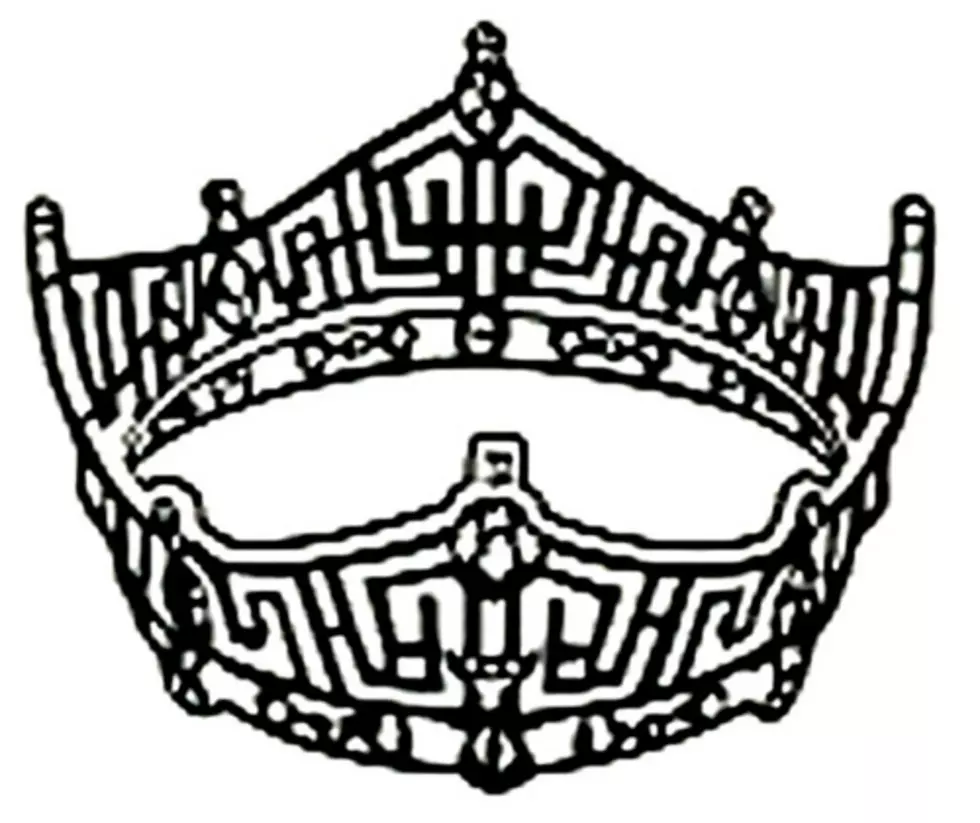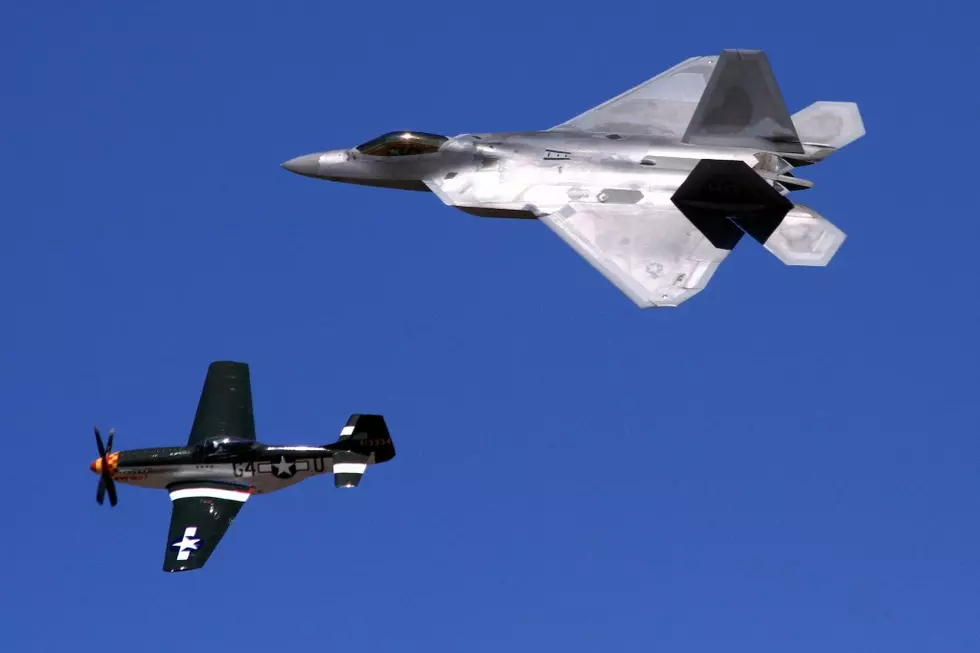
20 years ago today, the “Kennewick Man” is discovered
20 years ago, Thursday, the ancient bones known as "Kennewick Man" were discovered along the banks of the Columbia River by a pair of teenagers enjoying the hydroplane races.
It started as a routine call for the first archaeologist to look at the "Kennewick Man" but in the past two decades the skeleton has turned to a huge discovery.
"Its been really strange to have been this intimately involved at sort of the beginning point of something that has become a household name and that received this much international attention," says Archeologist Jim Chatters.
Today, those bones are housed at the Burke Museum in Seattle. Laura Phillips manages the archaeological collections.
"They are totally secure, they have special housing, it is in curation quality materials, and lots of cushion," says Phillips.
Phillips adds that the artifacts are not on public display and only those that have to see them, are allowed access.
Currently, there is what many are calling the end of a lengthily lawsuit between several tribes and scientist, to who has ownership of the bones. In April, the U.S. Army Corps of Engineers began the process for returning the bones to the tribes for burial.
Members of numerous Indian tribes gathered Thursday along the Columbia River in Kennewick to commemorate the event. They included representatives from the Umatilla, Nez Perce, Yakama, Colville, and Wanapum tribes.
Chatters adds he feels they have learned what they can and is not "distressed" that a tribe will likely re-bury the bones.
(Associated Press contributed to this report)
More From 610 KONA









